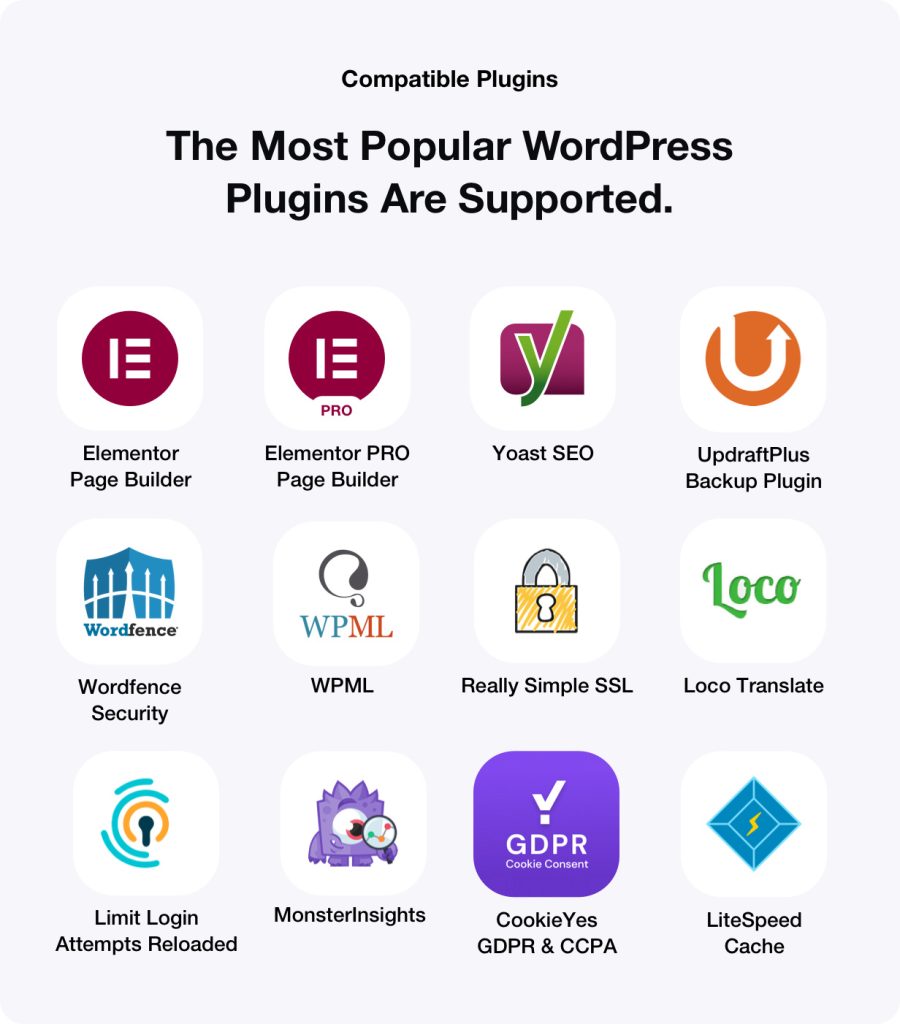2024 has ushered in a new wave of advancements in artificial intelligence, showcasing a remarkable evolution in AI large models, tools and APIs, emerging technologies, and innovative products across various industries. With developments such as Google Gemini 1.5 Pro and specialized models addressing specific challenges, AI continues to reimagine our capabilities and reshape how businesses excel in their operations.
Google’s latest AI large model, **Gemini 1.5 Pro**, is a landmark in the field, demonstrating advanced multimodal capabilities and extended context understanding. Launched in early January 2024, Gemini 1.5 Pro boasts an impressive ability to process and analyze various forms of data—text, images, and audio—enabling seamless interactions and enriched user experiences. Unlike its predecessors, the model can maintain context over extended conversations and complex tasks, which is particularly beneficial in dynamic environments such as customer service and content creation. According to Google AI, the model utilizes an enhanced neural architecture designed to achieve better contextual retention and sensitivity to user intent, making it an indispensable tool for developers and businesses alike (*Google AI Blog, 2024*).
Beyond Gemini, there has been a notable surge in tools and APIs that allow businesses to integrate advanced AI across multiple sectors. For instance, **OpenAI has recently updated its API,** which links GPT-4 capabilities with real-time data retrieval systems. This integration not only enables on-demand responses based on current events but also elevates AI-powered content generation, ensuring that outputs are timely and relevant. Coupled with plugins allowing for app integration, businesses can harness this technology for personalized marketing strategies and improved customer engagement (*OpenAI, 2024*).
Another area demonstrating impactful advancements is AI in supply chain management. Companies like **IBM** have unveiled tools that enhance prediction capabilities and optimize logistics by leveraging AI’s analytical strengths. Their newest IBM Watson Supply Chain solution integrates real-time analytics with historical data to forecast demand more accurately, thus minimizing waste and improving operational efficiency. As per recent reports, organizations utilizing such AI tools have seen an increase in their supply chain efficiency by up to 30% within the first quarter of implementation, showcasing the transformative impact of integrated AI solutions in logistics planning (*IBM Press Release, 2024*).
The emergence of specialized AI technologies is another significant trend, particularly in the development of more reliable and debiased large language models (LLMs). A collaborative project between **Meta and Stanford University** has resulted in a new LLM known as **Fairlang**, which is designed to mitigate biases typically present in training data and enhance the reliability of AI outputs. Fairlang employs a novel approach that combines active learning with user feedback, refining its responses through continuous interaction. This technology not only aims to improve societal equity but also holds great promise for industries needing responsible AI adoption, like healthcare and education. As stated in their recent paper, “Fairlang presents a step towards responsible AI, enabling transparency and fairness in AI-generated outputs” (*Meta AI Research, 2024*).
In the creative industries, innovative AI products are reshaping how professionals approach content creation. One notable product is **Adobe’s Firefly**, which now incorporates generative AI features to aid graphic designers and marketers. This AI model is capable of generating unique visual assets based on simple prompts, significantly reducing the time invested in the creative process. Furthermore, it allows users to maintain brand consistency while experimenting with various styles, providing a flexible medium for creativity. Whether for social media campaigns, advertisements, or branding initiatives, Firefly empowers users with tools that harness AI for enhanced creativity and productivity (*Adobe Blog, 2024*).
Additionally, we see an increased focus on AI applications in healthcare, where tools are being refined for patient diagnostics and personalized medicine. In 2024, **NVIDIA** has introduced an AI-powered platform known as **Clara**, specifically designed for medical imaging and diagnostics. The platform leverages advanced image recognition algorithms to identify anomalies within scans, thereby assisting radiologists in making quicker, more accurate diagnoses. Initial trials have demonstrated that Clara’s accuracy can complement professional assessments, potentially decreasing diagnosis times by up to 50% in critical scenarios (*NVIDIA Press Release, 2024*).
Education, too, is witnessing a revolution led by AI technologies. **Coursera’s** latest offerings utilize AI to tailor learning experiences to individual student needs. Their AI model adapts curricula in real-time based on performance and engagement metrics, ensuring that learners receive customized support that fosters greater understanding and retention. Such applications of AI in education not only enhance learning outcomes but also promote lifelong learning, allowing students to thrive in an ever-changing job market (*Coursera Blog, 2024*).
Furthermore, the rise of locally powered AI tools—built with privacy and security in mind—continues to gain traction. In contrast to cloud-based systems, locally deployed AI models enable users to process sensitive information without sending data to external servers, a critical consideration in industries like finance or healthcare. For example, **Hugging Face** has released model versions that can run on personal devices, offering personalized AI experiences while safeguarding user data. This development is particularly valuable in sectors where confidentiality is paramount, allowing professionals to utilize powerful AI tools without compromising security (*Hugging Face Community, 2024*).
As we delve deeper into 2024, the AI landscape is expanding rapidly, reflecting a convergence of sophistication and accessibility. With newly released models like Google Gemini 1.5 Pro leading the pack, tools and APIs that integrate advanced functionalities are being adopted across industries. Furthermore, the proliferation of specialized technologies and innovative products is addressing critical challenges, fostering sustainable practices, and unlocking new avenues for creativity and collaboration.
In conclusion, artificial intelligence in 2024 is not just about the technology itself but how it enhances human capabilities across diverse fields. As organizations invest in these transformative tools and models, the potential for meaningful impact is profound. Businesses that adapt and embrace these advancements will find themselves at the forefront of their industries, poised for success in an increasingly digital world.
—
### Sources
– Google AI Blog. (2024). “Introducing Google Gemini 1.5 Pro.”
– OpenAI. (2024). “OpenAI API: Now with Real-time Data.”
– IBM Press Release. (2024). “Revolutionizing Supply Chain Management with AI.”
– Meta AI Research. (2024). “Debiasing Language Models: Introducing Fairlang.”
– Adobe Blog. (2024). “Unleash Creativity with Adobe Firefly.”
– NVIDIA Press Release. (2024). “Clara: The Future of Medical Imaging.”
– Coursera Blog. (2024). “Personalized Learning with AI.”
– Hugging Face Community. (2024). “Introducing Local AI Models.”

























